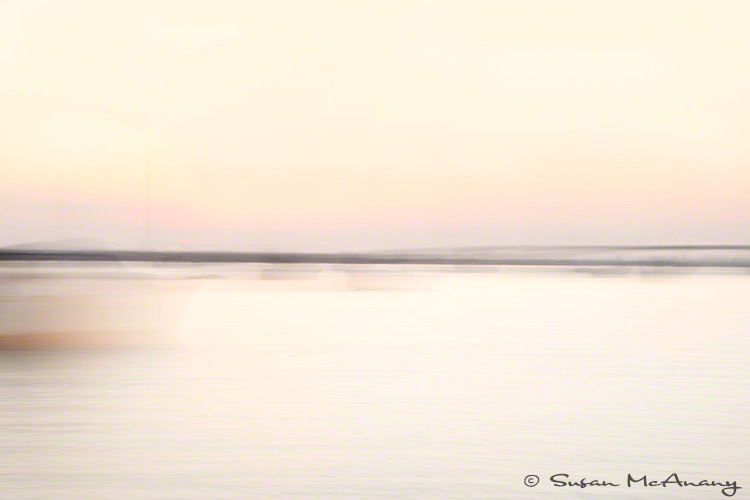This week I have been wrestling with Color Profiles and Photoshop’s CS5.
Now, my typical workflow is to shoot in RAW, my camera set to Adobe RGB Color Profile. From what I have read there is a greater color gamut using this profile and my current thought process is more is always better. My software of choice is Adobe Bridge, Photoshop’s CS5 along with plugins from Nik and Topaz. I save my files as layered TIFF and prior to uploading to the web, I will re-size, convert to sRGB and save as jpgs. For some of my prints, or commercial print projects I often need to convert my files to CMYK. This workflow has served me well over the last several years.
However, I have just been working on a batch on images and I noticed many of my Tiff files have the sRGB profile as their Working and/or Embedded Color Space. Initially I wasn’t sure how this happen, thus it motivated me spend time researching more about color profiles.
Now I am by no means a techie person, so I try to decipher things down to simplistic concepts that I can easily remember. Like most photographers I am the happiest behind the camera in my creative zone. I am however aware of the importance of a calibrated monitor, printer and selecting correct printer paper profiles and I do this to the best of my ability. But now I am looking at embedded profiles and working color spaces, what is this all about??
After doing several hours of reading, I found out a few core things that have helped clarify my mind on this subject.
Now we all know color is defined by numbers and a Color Profile is how color’s numerical value visually appear, however, I didn’t know that a Raw file has no Color Profile and any type of profile is pretty much device specific.
The Working Space defines what color profile is used in the different color models such as RGB and CMYK. These profiles are specified in the Color Settings Dialog Box in Photoshop (Edit > Settings) and provides the info for an embedded profile. Mine was set to sRGB causing the previously mentioned problem.
The Embedded Color Profile is the numeric value a monitor or internet browser uses to display colors and often they display in sRGB, especially the internet. It is embedded in the image when an image is saved. The data for the embedded profile comes from either EXIF data captured when your image was taken or what is in your Color Settings Dialog Box in Photoshop if a Raw file is launched into Photoshop without using an interface software program, such as Bridge Camera Raw.
In Photoshop, once you have established your parameters to the Color Settings Dialog Box, you have the option to use the command Convert To Profile to change an Embedded Color Profile. You can even convert an entire folder easily using the Image Processor. Choose File > Scripts > Image Processor. Another handy tool is the Assign Profile, which allows you to view how colors in an image will look with a different profile, but this is not an effective way to change an Embedded Profile.
Below is a link to an interesting read about the subject from someone who knows far more than me. I also found some useful information on Adobe’s website.
http://www.computer-darkroom.com/ps12_colour/ps12_1.htm
You can view my work at www.susanmcanany.com.

